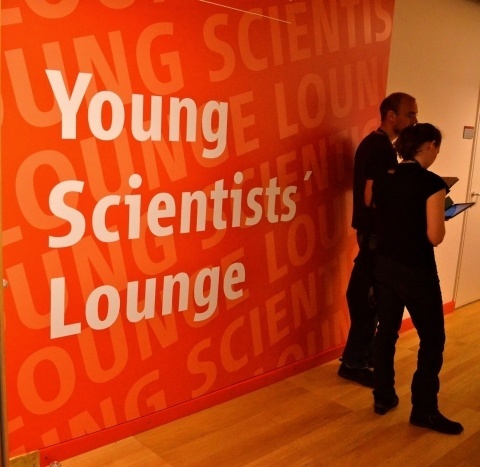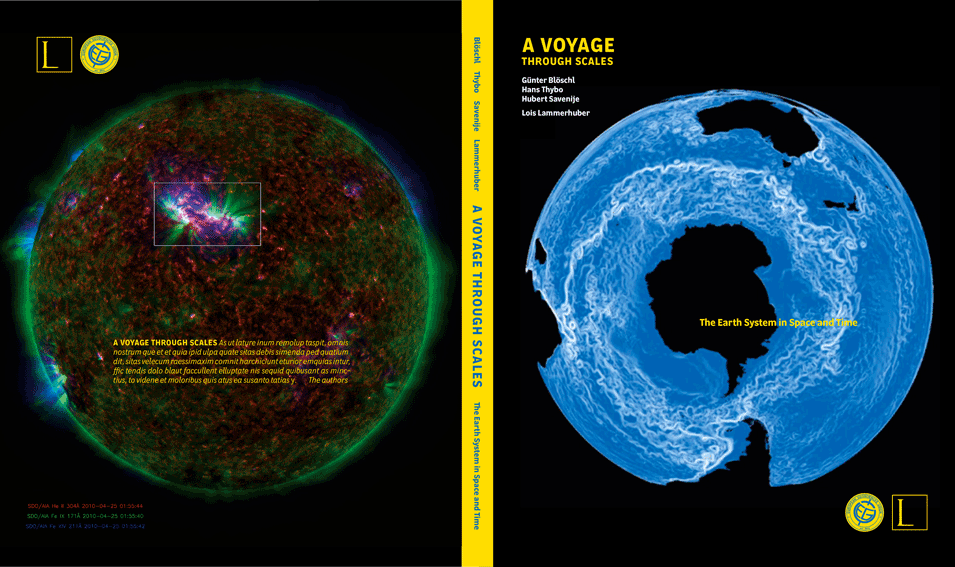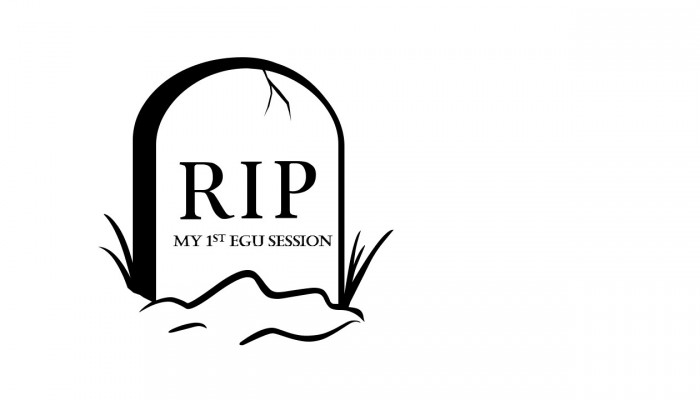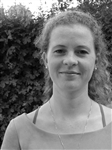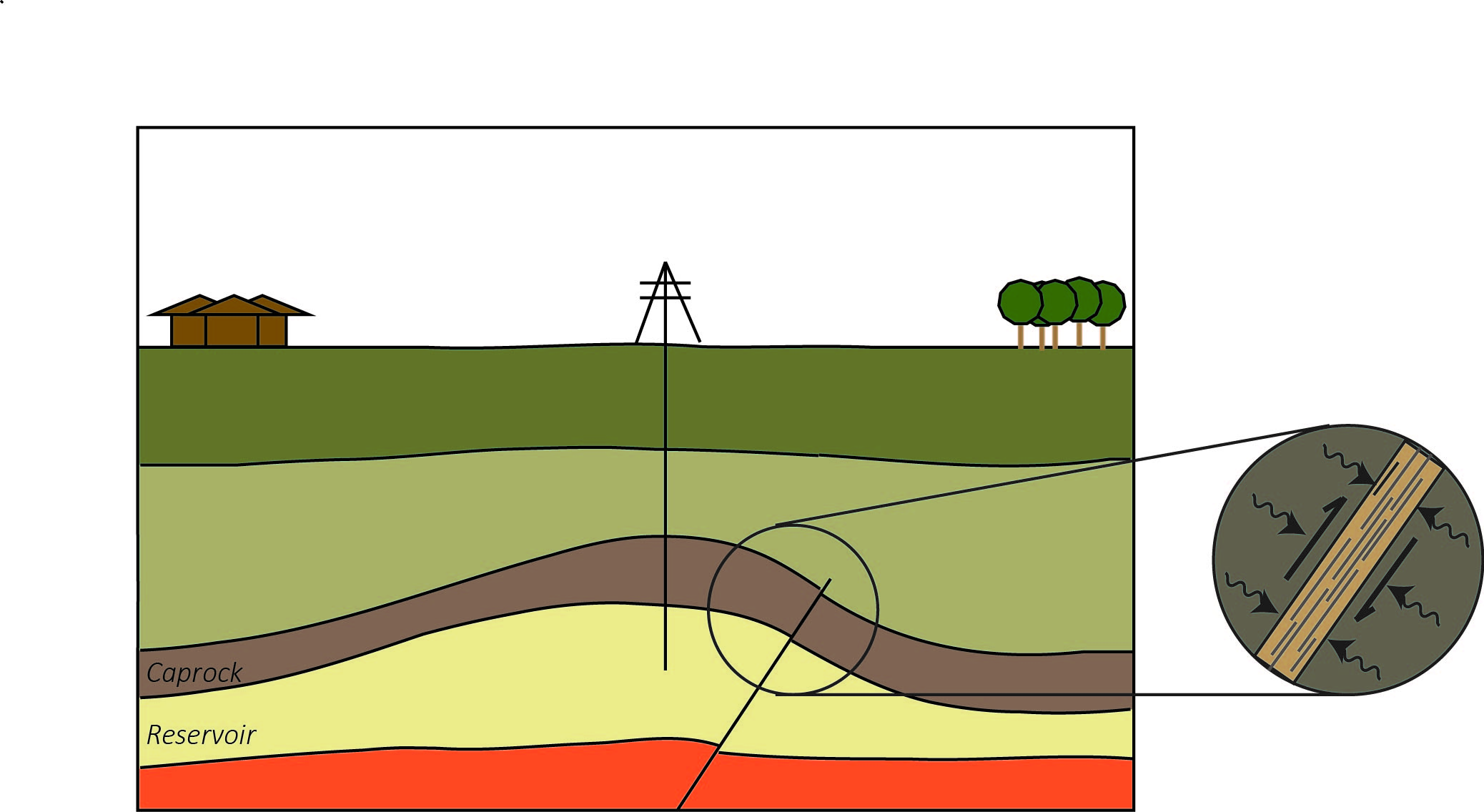Within a week the EGU General Assembly will kick off! This year the topic will be A Voyage Through Scales. For those that will attend for the first time, the scale of EGU itself may be impressive enough already. So how do you decide where to go? Here we hope to point you to a few interesting sessions, in case you get completely lost.
To start with, there are a number of interesting events for Young Scientists. For you! 🙂
***
Ice Breaker Reception
On Sunday evening the EGU General Assembly 2015 will be kicked off with the Ice Breaker Reception, at 18.30h in Foyer E. A gathering point for young scientists provides the opportunity to meet like-minded fellows, especially if it is your first time at the General Assembly or you are coming alone.
The Young Scientist Forum
The YS Forum takes place on Tuesday at 12.15 to 13.15h in room G8. Come along and meet your young scientist representatives, find out what the EGU does for young scientists and take the chance to become more involved in the Union. This forum is a great opportunity to let us know what you would like from the EGU, find out how you can get involved in the Assembly and meet other scientists in the EGU young scientist community.
Young Scientists’ Lounge
For the Young Scientists, on the Red Level of the conference centre you can find a place to take a break, grab a free coffee or soft drink and gather your thoughts away from the buzz of the Assembly. The lounge is also a great place to catch up with colleagues you haven’t seen in a while and perhaps strike up a new collaboration. On the notice boards you can find information about cultural activities on offer in Vienna. There is also the opportunity to provide feedback via suggestion boards.
Young Scientist Reception and Medallist Reception
To bring together Young Scientists and past EGU-medallists, there will be a reception with drinks and light snacks. The reception take place on Tuesday 14 April, from 19:00 to 20:30 in room Y1.
This networking reception will provide an informal setting in which scientists can establish links with outstanding early career researchers and established scientists; offering an opportunity for young scientists to find answers to specific questions, which often cannot be found in your usual textbook. It offers a great opportunity for medallists to share their experience with researchers embarking on their academic career. To attend the reception, you need to register for the event in advance via this online form. Places at the reception are limited and will be allocated on a first come, first served basis. Your place is guaranteed only once you receive a confirmation email from the EGU Communications Officer, Laura Roberts.
Sessions for YS at the General Assembly
In addition to the above networking events, there are a number of other sessions catering the YS. A short list of these sessions with a strong YS focus can be found here. Of special interest are the two career workshops, focussing on: 1) Adding value to your research experience, and 2) Job applications and interviews. Note that you must register for the workshops in advance via the links provided!

